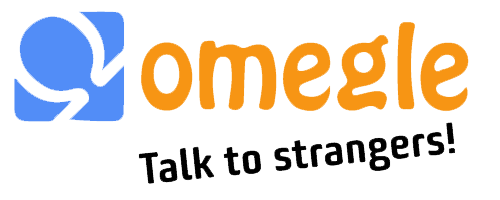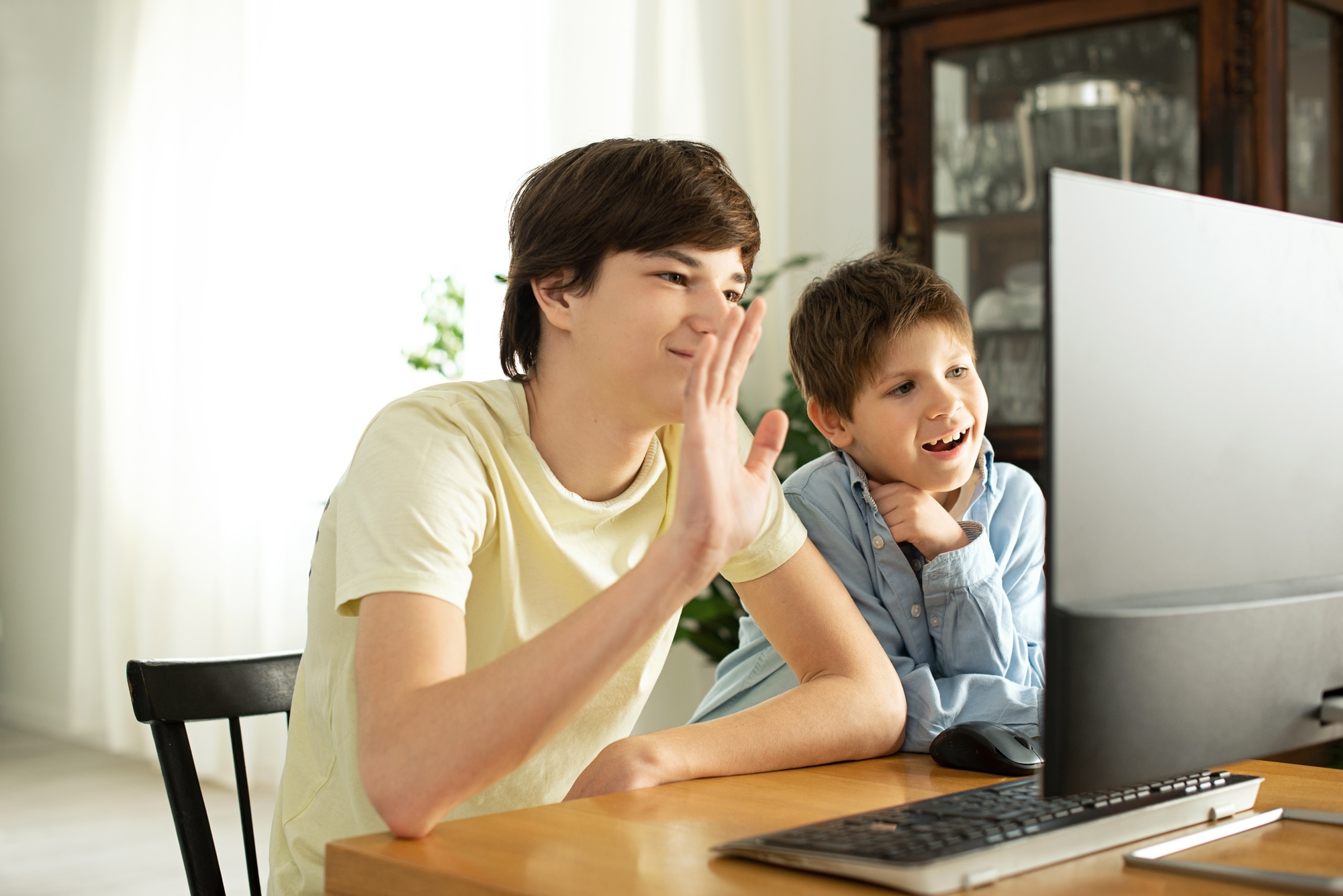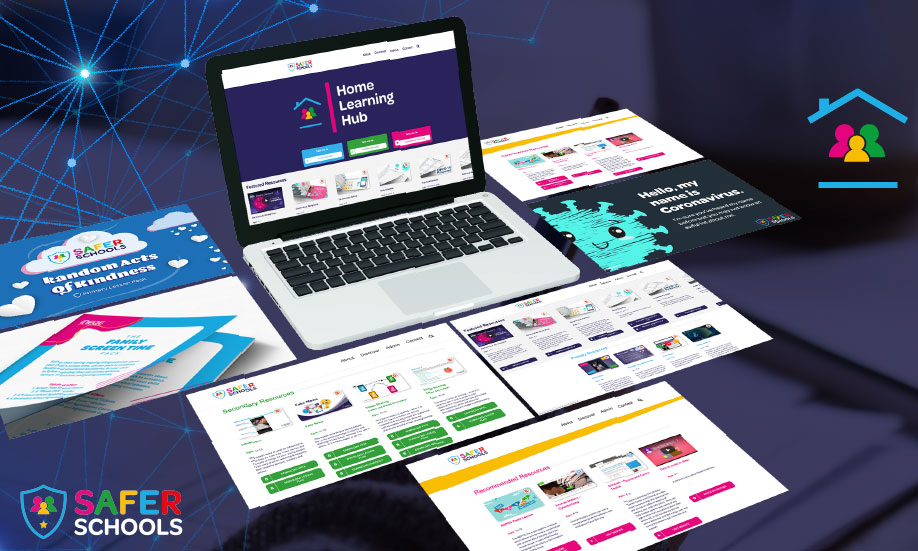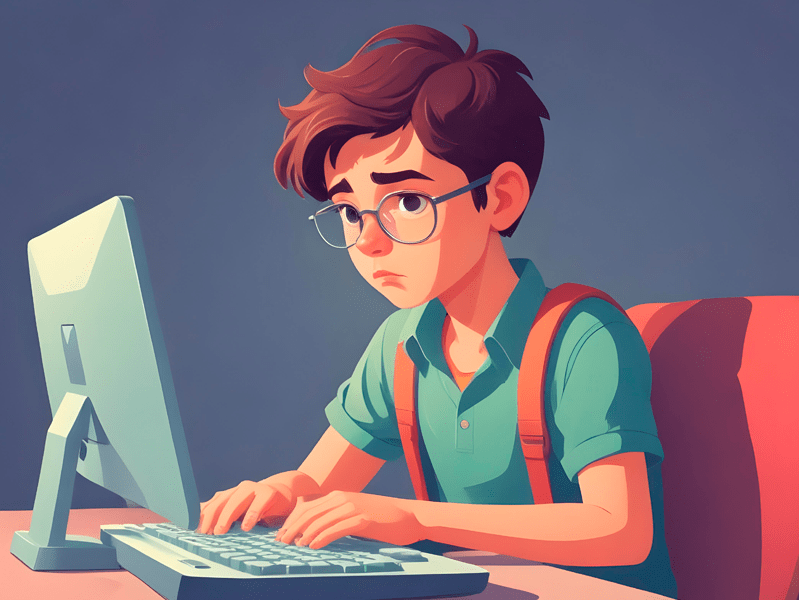Last Updated on 27th September 2023
We have previously reported on dangerous online platform called Omegle and the risks it poses to children and young people who visit it. Following a recent press release and concerns from parents, carers, and safeguarding professionals, we have decided to release further information and guidance.

What is Omegle?
Omegle is a free anonymous online chatroom where users are randomly paired with strangers to chat via video call or instant messaging. It is popular, despite no longer having its own app, and is primarily accessed on a web browser. Videos showcasing Omegle chats have popped up on platforms like Instagram and TikTok, which have added to its popularity with children and young people.
While Omegle claims to take the ‘safety and well-being’ of their users seriously, they also state that “predators have been known to use Omegle”. Despite this, very little action has been taken to implement safeguarding measures. This creates an environment for harmful actions such as grooming, sexual exploitation, manipulation, and abuse to take place without moderation or intervention.

Why would a child or young person use Omegle?
Living in a digital world that erases distance between online strangers, the thought of being able to talk to anyone from anywhere might be exciting to a child or young person. They may also be curious about negative reports in the press and might want to check the platform out for themselves, to see if the reports are true.
Next steps and further advice
If a child or young person in your care has lost control of an image or video:
If your child or young person has been groomed or you have concerns about their immediate safety, contact emergency services on 999 without delay.
Join our Online Safeguarding Hub Newsletter Network
Members of our network receive weekly updates on the trends, risks and threats to children and young people online.













